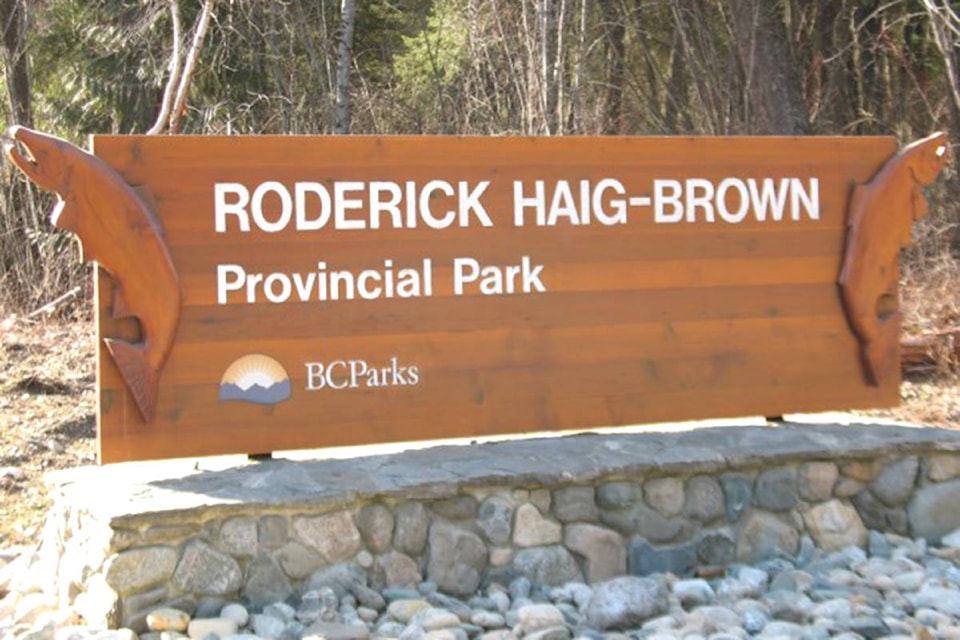While it appeared plans to change the name of Roderick Haig-Brown Park to Tsútswecw Park, suffered an error in translation as part of the initial announcement, the Little Shuswap Lake Indian Band has confirmed the name is here to stay.
When the announcement was first made that Roderick Haig-Brown Park was to be renamed as Tsútswecw Park (pronounced choo-chwek), it was translated incorrectly as ‘many fish’ in an initial press release from the provincial government. Tsútswecw translates to ‘many rivers,’ while the government release about the name change said that name actually meant ‘many fishes.’”
Due to the confusion surrounding the name and the meaning of the words, it was suggested by Kathryn Michel, an expert in the Secwepemc language with the Chief Atahm School, that the name should be revised. She said the name Suswéwll (pronounced shoo-shwell) is the actual translation to the meaning ‘many fishes.’
Michel suggested the name Suswéwll is more reflective of the cultural significance of the area to First Nations’ communities that have called this place home for thousands of years, thriving on the abundance of fish that populate the lakes and rivers.
However, it appears the name Tsútswecw has some historic roots with the band for the area in question.
Aaron Arnouse, environment coordinator with the Little Shuswap Lake Indian Band, says, “the name comes from some of our elders. They’ve passed on in life but there was a map that I had found in our fisheries department and brought it into some of the elders and showed them the name of this area.”
“That name goes back a long time, the map I had found had named different points all up to big Shuswap. Tsútswecw was the name they had for Adams River, that name came from elders Elizabeth Arnouse, Amy August and Isaac Willard, who had made this map. So it wasn’t too hard to choose that name once we had the map. Those are pretty well-known elders from the three main First Nations communities in this area.”
Arnouse says the process of suggesting the name and having it confirmed took over a year, and he is glad to see progress.
“It was a long process, but I’m glad it moved forward,” he says. “I think it’s a change for the good, it will show that First Nations and the government are working good together now.”
Doug Brown, band coordinator for the Little Shuswap Lake Indian Band, says, “as much as everyone respects the scientific work that Roderick Haig-Brown did and his role in bringing everyone’s attention to the issue of how we take care of the salmon, it’s worth remembering that the Secwepemc people have lived in this area since at least the last ice age, which is at least about 10,000 years ago. The rest of us, starting with the Europeans, have arrived here within the last 150 years. So it’s worth reclaiming that heritage, and owning it. All of us, from whatever part of the planet we came.”
Bill 19-2018, proposing the name change to at least three B.C. parks, has passed legislative readings and is awaiting royal assent before becoming official.
@Jodi_Brak117
jodi.brak@saobserver.net
Like us on Facebook and follow us on Twitter.
